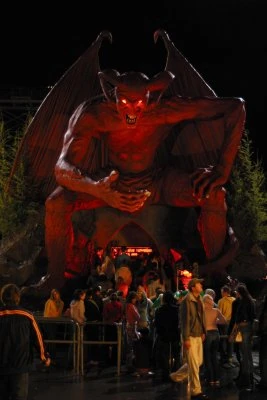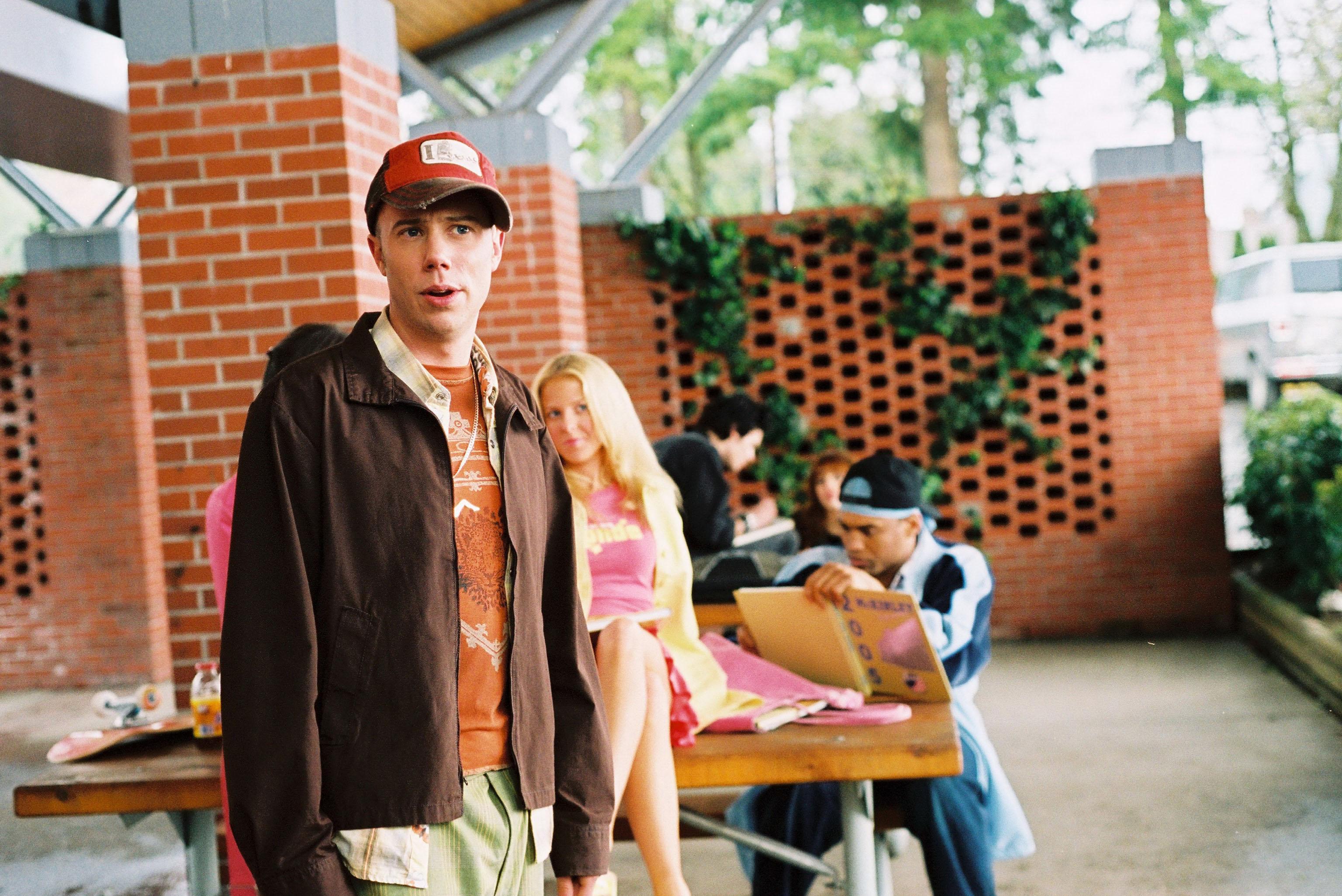
For each Final Destination movie, the title sequence serves as a premonition and small taste of the carnage to come, using symbolism, editing and sound to create an ominous sense of doom and inevitability. This franchise also bears another distinctive feature: its title sequences. In the words of the mortician Bludworth, played by a scene-chewing Tony Todd in three of the films: “Disrespecting the design could initiate a horrifying fury that would terrorize even the Grim Reaper – and you don't even want to fuck with that mack daddy.”


The group realizes they’ve somehow cheated “death’s design” – but not for long, as the survivors get picked off one by one in increasingly complex death sequences. A stereotypical all-American teenage protagonist has a premonition of a disaster, usually involving a large-scale mechanical or infrastructural malfunction, and manages to escape with a group of bystanders only to watch, helplessly, as the disaster occurs and kills many others. The standard Final Destination plot is repeated like a 12-bar blues pattern, with some variations. In the Final Destination universe, there’s no Freddy Krueger, Jason Voorhees, or Ghostface – instead, the teen-murdering Big Bad is Death itself.

Over a ten-year period and five films (with a reboot on the way), the franchise raked in over $650 million at the box office for New Line Cinema, with a total kill count of 496 pretty decent numbers for a series lacking a corporeal villain. Nowhere is this more evident than in the Final Destination series, which celebrated its 20th anniversary in 2020.

For most successful horror film franchises, the river to box-office gold runs crimson with the blood of gleefully slaughtered teens.


 0 kommentar(er)
0 kommentar(er)
